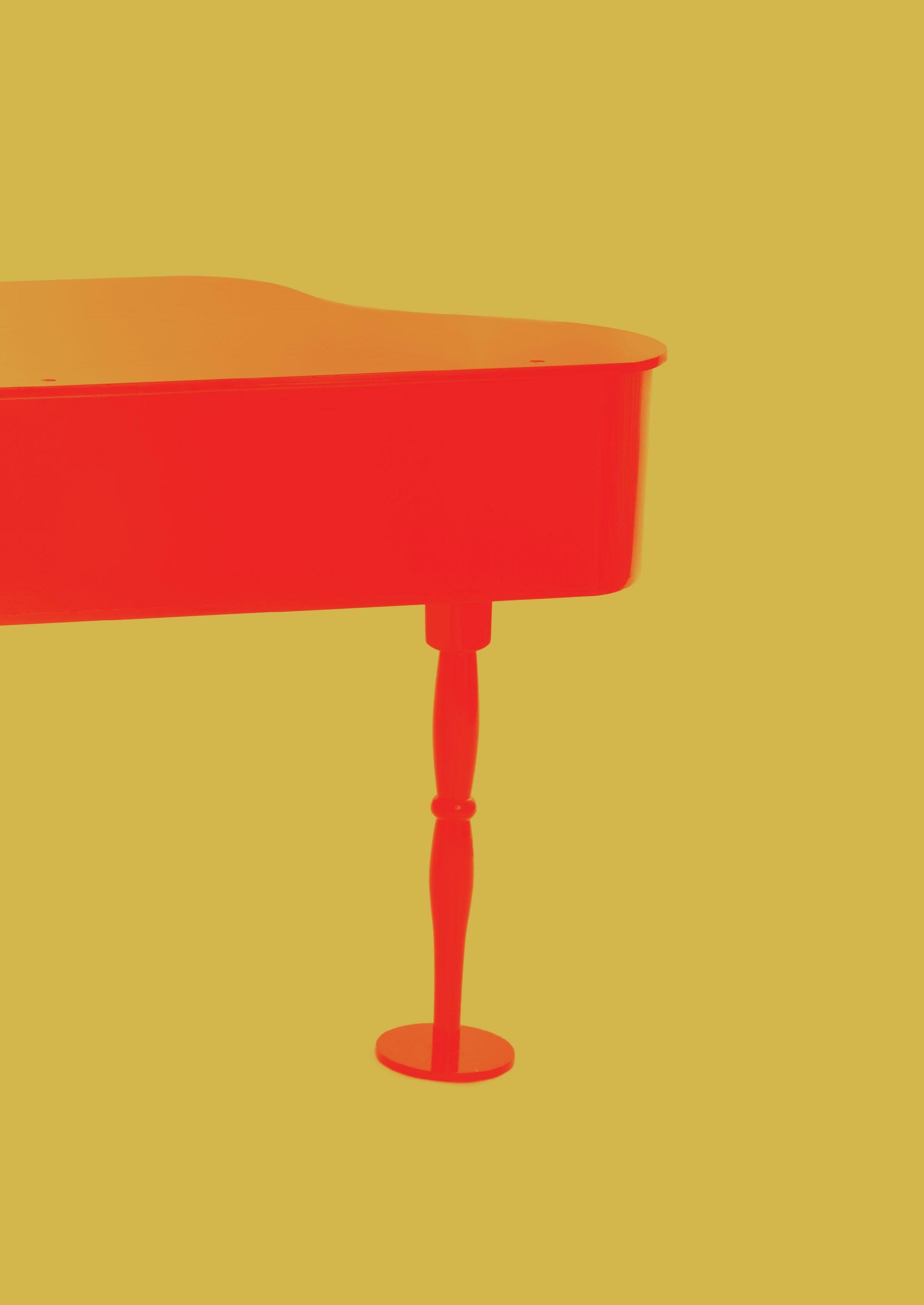
6 minute read
UP THE TUBE
COMMONSENSEMEDIA.ORG Search for Parents’ ultimate guide to YouTube SUPPORT.GOOGLE.COM Search for the YouTube Kids Parental Guide
BY SIMON HARDING
More than a billion viewers are streaming 5 billion videos every day. “What’s your role in watching it safely?” asks Simon Harding.
My father used to refer to the television as ‘the idiot box’. As far as he was concerned, the less of it I watched, the better. He gave it that name because, in his view, children just sat, fixated to the screen with their mouths open, for hours on end, when they could have been doing something constructive. Therefore, there was never a video recorder in our house!
Admittedly, that was in the early 80’s, but I can’t help wondering what he would have thought of YouTube. Today, just thirteen years after it was founded, more than a billion people across the world tune in to YouTube each day. It is now the third most visited site on the internet – after Google and Facebook – and the second largest search engine.
Children are watching in huge numbers. A 2017 report by Ofcom, the regulator for the UK’s communications industry, claims that 81% of children aged 8 to 11 use YouTube, with that number increasing to 90% between the ages of 12 and 15. According to the Australian Institute of Family Studies, by the age of 13, children spend, on average, up to 30% of their time awake, looking at screens. Data on the amount of time children spend on YouTube is hard to come by, but Neilsen’s digital content ratings report in June last year indicated that young Australian adults spent on average 32 hours on YouTube a month.
The Ofcom report tells us that both the age groups above reported spending just under 50% of their time on YouTube watching music and funny videos, or pranks. Indeed, the music industry has really found a home on YouTube. There is a dearth of official statistics, but any Google search will show you that more than 90% of the most watched clips on YouTube are music videos.
However, YouTube isn’t just about music videos. The content is user-generated and anyone who wants to, can create their own channel. YouTube likens using its service to joining a community of people from all over the world, and has established what it calls common-sense rules to prevent videos that include sexual, harmful, hateful, or violent content. But these rules are difficult to police; every minute, somewhere between three and four hundred hours of video are uploaded to the service. So YouTube has to rely on a combination of algorithms and viewer reports to flag videos that need to be reviewed. And to its credit, it does take videos down. In the period October to December 2017, YouTube removed more than 8 million videos. It is also reports having 10,000 people currently working to address content that violates its terms of use. Some of the more difficult videos to police are referred to as YouTube ‘poop’. These are clips where original, copyright material has been altered in an attempt to amuse, annoy or shock. It is possible that children will stumble across – or even seek out – these clips and be presented with content that is most likely inappropriate, and perhaps even offensive and scary.
To be fair to YouTube, it does say very specifically in
81% OF CHILDREN AGED 8 TO 11 USE YOUTUBE
Story Time book to the rescue. Vodafone has coproduced two e-books to help kids and parents talk about the importance of staying safe online. Sally the Smartphone’s Digital Disaster (For 5 to 7 year olds) and Tommy the Tablet’s Birthday Blunder (7 to 9 year olds) are good reading before bed with mum and dad (but not on the ipad in bed!)
bit.ly/2Q3vftu 81% of parents say their preschoolers use the internet 37% think their child spends too much time online What to do? Among other advice, Australia’s eSafety Commissioner says resist any pushback. Stick to the rules you set to instil good online habits for your child.
esafety.gov.au/parents
its terms and conditions that the service is not for children under 13. For those below that age it has created a child-friendly way of searching the platform, called ‘YouTube Kids’. This offers increased parental controls – including a timer – and restricts access to certain videos. It is far safer for your younger children to use, but it is by no means guaranteed that they will not be exposed to videos you would rather they didn’t see.
When I was growing up in my video-less environment, my friends were watching inappropriate movies as a matter of course. Banning video equipment entirely was an extreme response by my father and is, of course, an option available to any parent, but if you choose to go down that path with todays’ technology today, you will also prevent your children from accessing solid educational, valuable cultural, diverse sport and other information.
There are other options. YouTube has built in filters that can – and should – be applied, and there is plenty of advice around to help make the experience more suitable and enjoyable for your children. Commonsense Media has used YouTube itself to publish a video advising how to make the platform safer for children. It suggests:

SET UP A FAMILY ACCOUNT, RATHER THAN ALLOWING CHILDREN TO CREATE THEIR OWN INDIVIDUAL ACCOUNT. THIS WILL ALLOW YOU TO KEEP TRACK OF NOT ONLY WHAT THEY VIEW, BUT WHAT THEY SHARE AND UPLOAD.
Turn on Safety Mode. This is a filter that allows you to be able to avoid some of the things you don’t want your child to be exposed to. Don’t forget, it won’t be foolproof.
By subscribing your child to channels that interest them, not only do you deliver them content that is aligned to their interests, you reduce the need to search elsewhere for videos.
Pay attention to how videos are uploaded. By making them ‘private’, your child can choose who is allowed to view their videos.
Disabling comments protects your child because they won’t be at risk of being upset by nasty comments made on their videos by internet ‘trolls’.
The American Society of Paediatrics has worthy advice that can be applied in a broader context. They recommend keeping televisions and internet connected devices out of a child’s bedroom. This helps to reduce the pressure on screen time and ensure that internet activity is conducted in a more public space, where parents can keep an eye on what their children are doing.
The pace of technological change is staggering. YouTube is a service that wasn’t even around when children over the age of 13 were born. It is up parents and educators, working with children, to work out the best ways for them to safely harness the incredible power of YouTube.
They too will need to figure out how to police their own children with whatever replaces it.
Youtube vs Youtube Kids
Youtube publishes an app tailored specifically for kids. But, while this tool allows for greater parental control and restricted access – it does not 100% guarantee exposure to untoward videos is eliminated.
The rules are difficult to police
Every minute somewhere between three and four hundred hours of video are uploaded to the service YouTube ‘poop are clips where copyright material has been altered in an attempt to amuse, annoy or shock with content that is most likely inappropriate.





